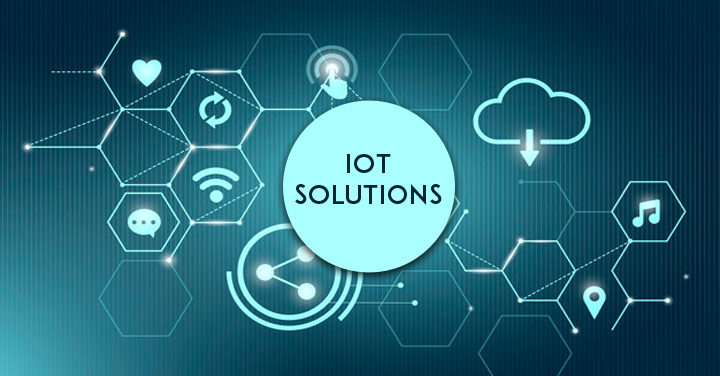Intensive R&D and enhanced technology have played a vital role in the evolution of healthcare services. But, such is the nature of human anatomy that we are still left with certain untreatable ailments.
A lump in the breast still sends shivers down the spine of women. Young human beings with a healthy lifestyle still keep on getting diagnosed with terminal illnesses. And, the word cancer still brings life to a standstill. It seems like that all the good work that technology can do for us, it can’t do that one thing, which we desire the most – a cure for cancer.
Although a comprehensive cure for cancer is still a distant dream, we are inching ever so closer towards a solution that can help us stay one step ahead of this illness. All we need to do is inject IoT solutions with the power of Artificial Intelligence (AI).
Uncovering Cancer Risk Markers with IoT Solutions
The major reason why cancer takes so many lives is that it is almost impossible to diagnose at an early stage. Most cancer survivors were at the right time and at the right place and were blessed with an early diagnosis due to a serendipitous blood test or an ultrasound. However, such lucky breaks are few and far between, and most people have to suffer through the ignominy of a delayed diagnosis. They are often left wondering and imagining those “What if” scenarios that could have saved their lives. Not Anymore! Not if we can truly combine the power of IoT solutions with AI.
As cancer symptoms are vague, there is no clear way to connect one symptom or another with cancer, at least not with certainty. For example, you cannot connect a mild fever to cancer or a stomach ache with a tumor in the liver. But, when you take into consideration the massive amount of data generated by IoT devices, it becomes a lot easier to identify a group of symptoms that actually mean something. For example, if your IoT thermometer detects fever, your doctor’s weighing machine (connected to the internet) indicates a constantly decreasing weight and you feel cold all the time and increase the temperature of your IoT HVAC system frequently. All this information when sent to the cloud and analyzed by an AI-powered mechanism can yield a better inference. When viewed by a doctor, the comprehensive information delivered by the IoT solutions can help in the uncovering of cancer risk markers.
IoT Data and Cancer Diagnosis at an Early Stage
According to a survey by Deloitte in 2018, it was found that 48% of medical devices were connected to the internet. This number is expected to grow to 66% in 2023, which will produce a lot of data. This data can be submitted for analysis, which will, in turn, give better insights about illnesses. So, with better insights, it will become easier to diagnose cancer at an early stage.
Present and Foreseeable Impact of AI-Powered IoT Solutions
Right now, Cisco is working on a bra for women that can identify the changing temperature of breast tissue. This IoT and AI-powered bra can identify unusual changes in temperature, understand patterns and tell the individual if she needs to contact a doctor for a breast cancer-related checkup.
Many researchers at MIT (Massachusetts Institute of Technology) are creating a machine-learning (subset of AI) solution, which can help in reducing the toxicity of chemotherapy treatment. For deadly cancers like glioblastoma, doctors are learning how to lower the level of radiation without offsetting the efficacy of treatment. They are able to do this, all thanks to the latest IoT solutions powered by AI.
Summary
With an increase in the number of IoT services provider and IoT devices gaining in popularity, it is likely that they will be used to monitor and treat cancer patients across the globe. Until humanity finds a permanent cure for this godforsaken illness, the combined power of AI and IoT seems like the next best option.


cost of viagra at cvs how long before sex should you take viagra viagra 100mg
how does viagra work buy viagra from canada viagra stories pictures